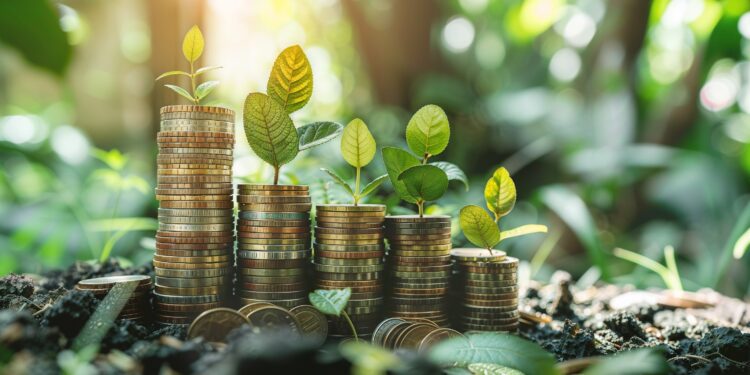What if sustainability wasn’t treated as a cost center? What if it actively drove business performance and built value? We’ve explored the business case for sustainability previously. This time around, we want to kick it up a notch—about how it can contribute to a return on investment (ROI) for your organization.
Ownable by business owner
The array of sustainability disclosures across the world can be dizzying, and it can be tempting to be reactive. But this can frame sustainability as a compliance effort, not an engine for the bottom line.
New questions can be posited: How can sustainability drive efficiency? How can it lower costs and lessen exposure to risk? How can it appeal to new customers or spark innovation?
When business owners feel that their immediate needs are considered in the company’s sustainability activities, and that these activities may even help them achieve their goals, they begin to regard sustainability as something strategic, rather than just a regulatory obligation.
The second purpose that listening serves is a greater ability to align internally. You may begin to hear commonalities, develop a shared language, and an understanding of “sustainability” in the context of your company. And as the conversations turn around similar issues, a critical mass can form.
At that juncture, you can make connections for the respective business owners and then propose initiatives that pull in the same direction for the whole organization. Feasible actions you want to take, not just ones you have to make due to outside pressure.
The brass tacks
Yes, the outside pressure is still there. But for every business there are multiple sustainability actions that can both align with your business goals and help you achieve and maintain regulatory compliance. And with that understanding, you’ll likely be in a better place to help them address the nitty gritty.
In short, better systems can be put in place that regularly and intelligently address disclosures when they’re built through the lens of the business, and with the broader qualitative context of the whole organization in mind.
Sustainability as a value driver
Resilient supply chains. Recently, a tornado severely damaged a manufacturing plant, shutting down production for a number of months. This significantly impacted multiple businesses that relied on components produced in that plant for their own products, particularly in instances where that plant represented a single point of failure in their supply chain. How can your company build a more resilient supply chain?
Beyond insurance premiums. Many clients believe that insurance alone provides resilience to extreme weather events. But the cost and availability of insurance can change significantly and quickly, altering the calculus of weather vulnerability on a business.
Circularity in products and packaging. Our clients are increasingly tracking and optimizing their packaging and products’ circularity—designing systems to minimize waste by reusing and refurbishing materials. Why? First, circularity often represents an opportunity to reduce costs and increase efficiency. Second, countries and some companies are mandating circularity performance in their regulations and competitive tenders respectively.
There is no one specific answer—but where you land can be your answer, reflective of your team and their respective priorities. By building an aligned, broad-based, qualitative consensus, a paradigm shift can begin. One that doesn’t see these things as an outside force working against the business but reorients sustainability as endemic to growth.












